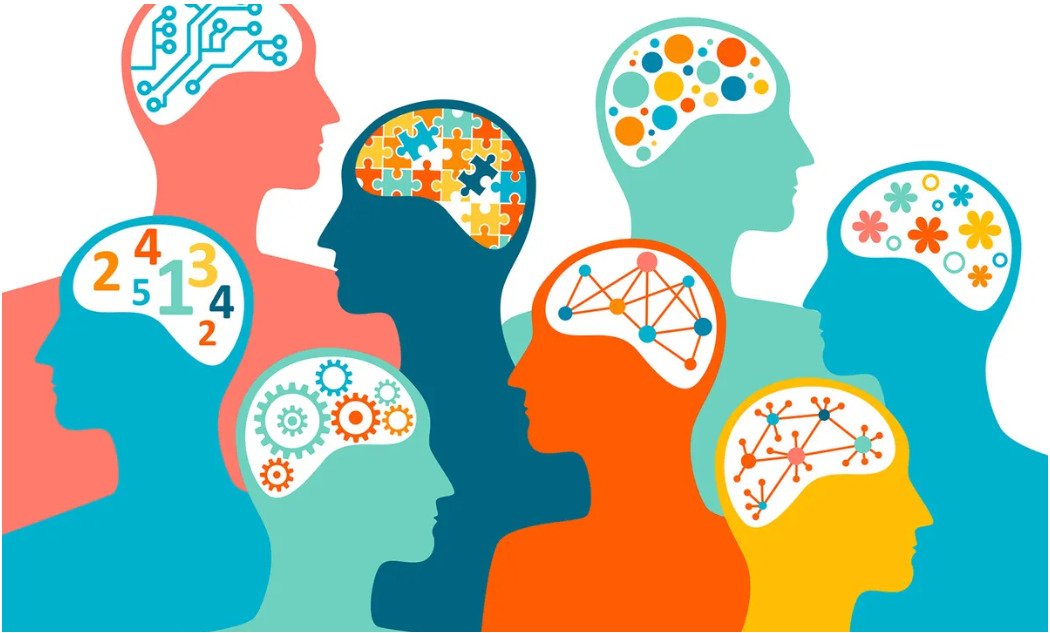Designing neuroinclusive learning
Neuroinclusion in education refers to the creation of learning environments that embrace and support the full spectrum of neurocognitive diversity among students. It goes beyond simply accommodating neurodivergent individuals and instead aims to design educational spaces and practices that are inherently inclusive of all neurotypes.

What is neuroinclusive education?
Neuroinclusive education refers to the creation of learning environments that embrace and support the full spectrum of neurocognitive diversity among students. It goes beyond simply accommodating neurodivergent individuals and instead aims to design educational spaces and practices that are inherently inclusive of all neurotypes (McDowall & Kiseleva, 2024). This approach highlights the strengths and challenges associated with neurocognitive variations, rather than viewing them as deficits or disorders.
Here are three key aspects of neuroinclusive education for you to consider:
- Embracing neurocognitive diversity: Neuroinclusive education aims to create learning environments that support the full spectrum of neurocognitive diversity by designing inherently inclusive spaces and practices, recognising and valuing the strengths and challenges of different neurocognitive variations rather than viewing them as deficits or disorders (Shi, 2023).
- Inclusive practices and language: Educators should adopt inclusive practices that focus on recognising and supporting diverse learning needs, use inclusive language to highlight neurocognitive variations as strengths, and advocate for a positive, strengths-based perspective ( Frizell et al., 2024).
- Universal Design for Learning (UDL): A neuroinclusive approach aligns with the principles of UDL, providing multiple means of engagement, representation, and expression to accommodate diverse learners by creating flexible environments that meet all students' needs and ensuring accessible and effective teaching methods and materials (Seok et al., 2018).
It is essential for educators, instructional designers, and policymakers to collaborate and prioritize the needs of neurodiverse learners to promote a more inclusive and diverse educational space.
Why design for neuroinclusion?
Designing for neuroinclusion is beneficial for educators because it:
- Enhances learning for all: By creating environments that cater to diverse neurocognitive needs, educators can improve engagement and learning outcomes for all students, not just those with specific diagnoses.
- Promotes equity and inclusion: Neuroinclusive practices ensure that all students feel valued and supported, fostering a more inclusive and equitable educational setting.
- Reduces barriers to learning: Implementing neuroinclusive strategies helps to minimise barriers to learning, making education more accessible and effective for a wide range of learners.

How does neuroinclusive teaching contribute to quality?
This section will describe how the resource can contribute to the quality of teaching and learning. By adopting neuroinclusive teaching practices, educators can create more effective and supportive learning environments for all students. Neuroinclusive teaching will help you:
Focus on student learning:
- Recognise and support diverse learning needs.
- Use inclusive language to highlight neurocognitive variations as strengths.
- Create flexible learning environments that accommodate all neurocognitive profiles.
Connect outcomes, teaching, and assessment:
- Align teaching methods with Universal Design for Learning (UDL) principles.
- Provide multiple means of engagement, representation, and expression.
- Ensure assessments are accessible and reflective of diverse learners' strengths.
Improve the quality of teaching & learning:
- Enhance engagement and learning outcomes for all students.
- Foster an inclusive and equitable educational setting.
- Minimise barriers to learning, making education more accessible and effective.
Neurodiversity may be every bit as crucial for the human race as biodiversity is for life in general.
Related educational resources
 Photo: napkin.ai
Photo: napkin.aiIntroduction to Universal Design for Learning (UDL)
This self-paced Canvas toolkit will give you an understanding of what UDL is and provide a blueprint for how to design and implement simple changes in your teaching practice to make your courses more accessible to all students not just the average student.
 Photo: Getty Images.
Photo: Getty Images.Designing neuroinclusive learning
Creating inclusive learning environments is a fundamental aspect of modern education. This self-paced toolkit is designed to support educators in addressing the needs of students with neurodevelopmental conditions, fostering equitable and effective learning experiences for all.
